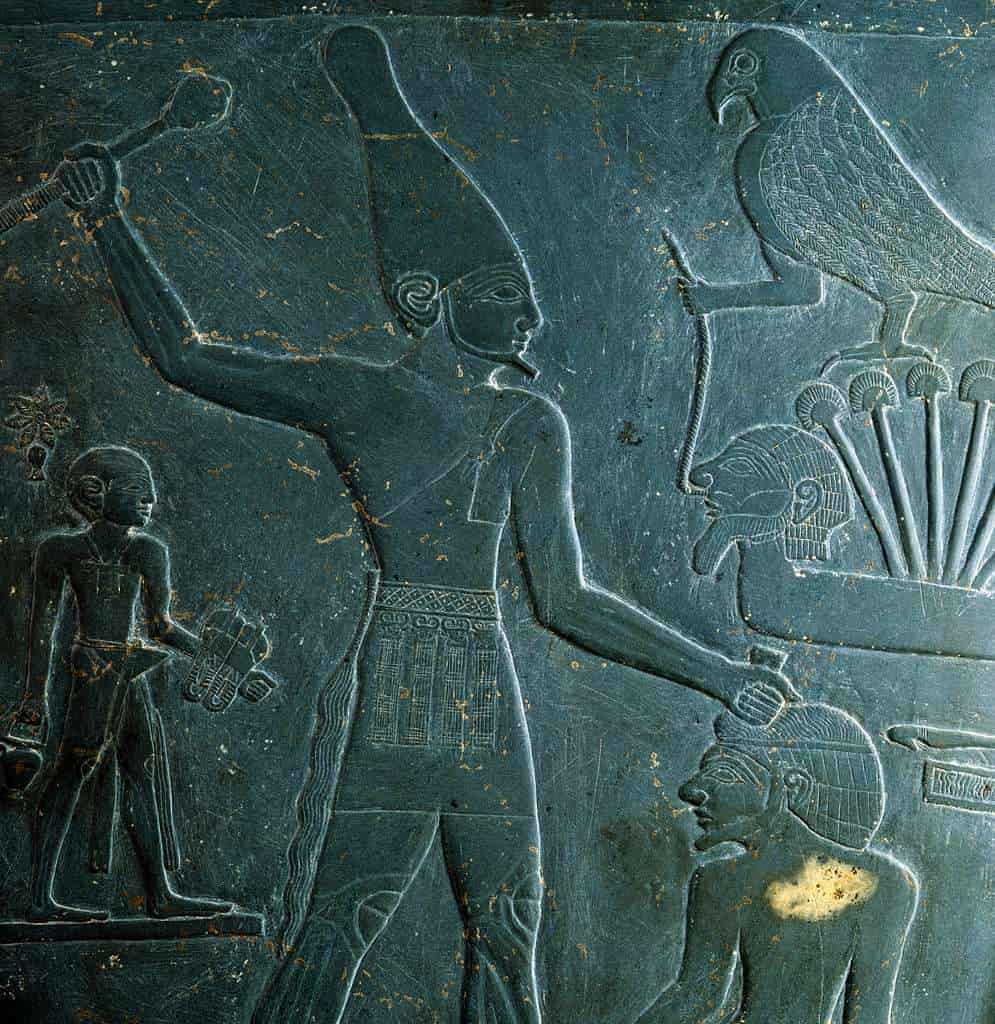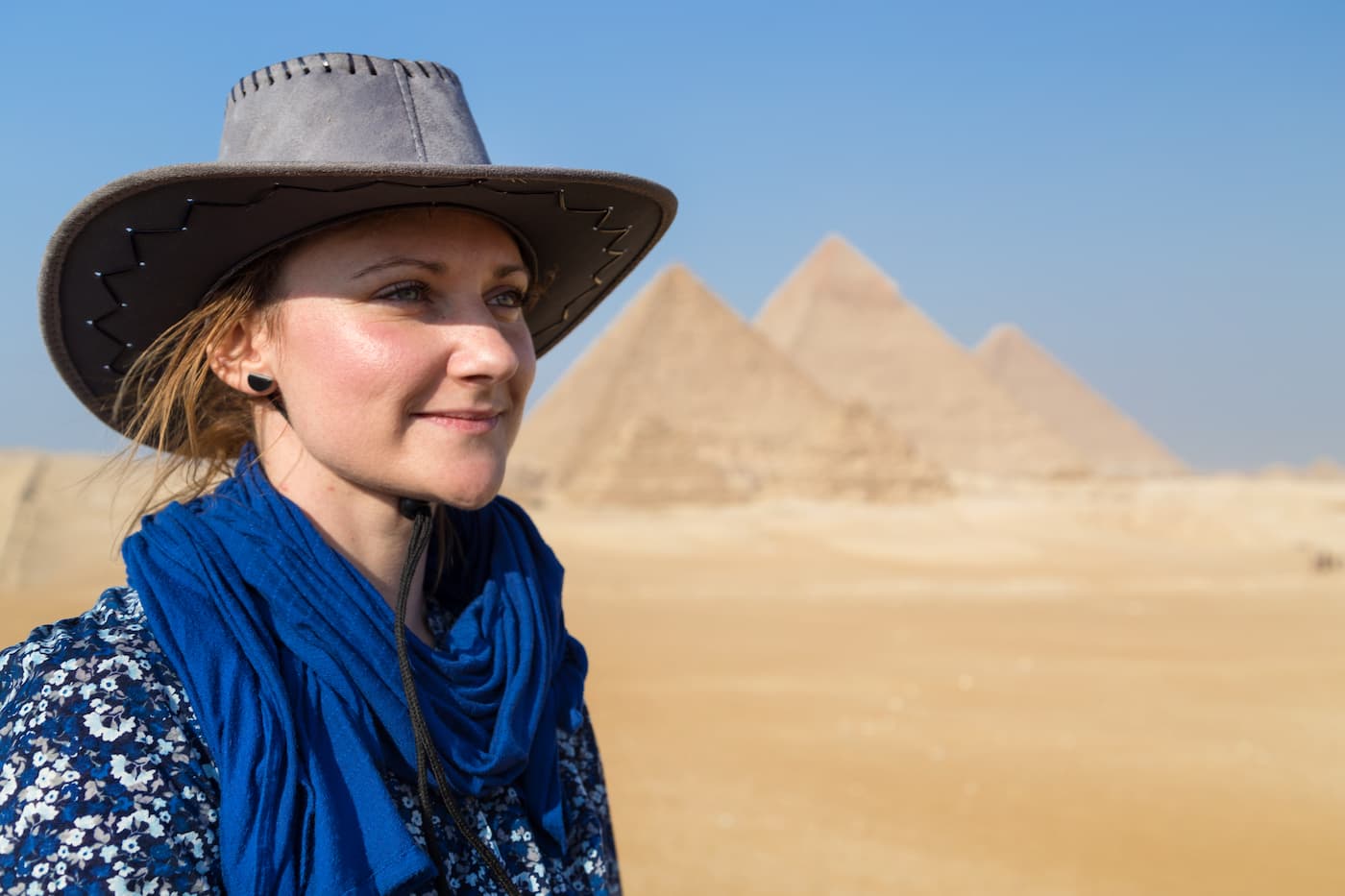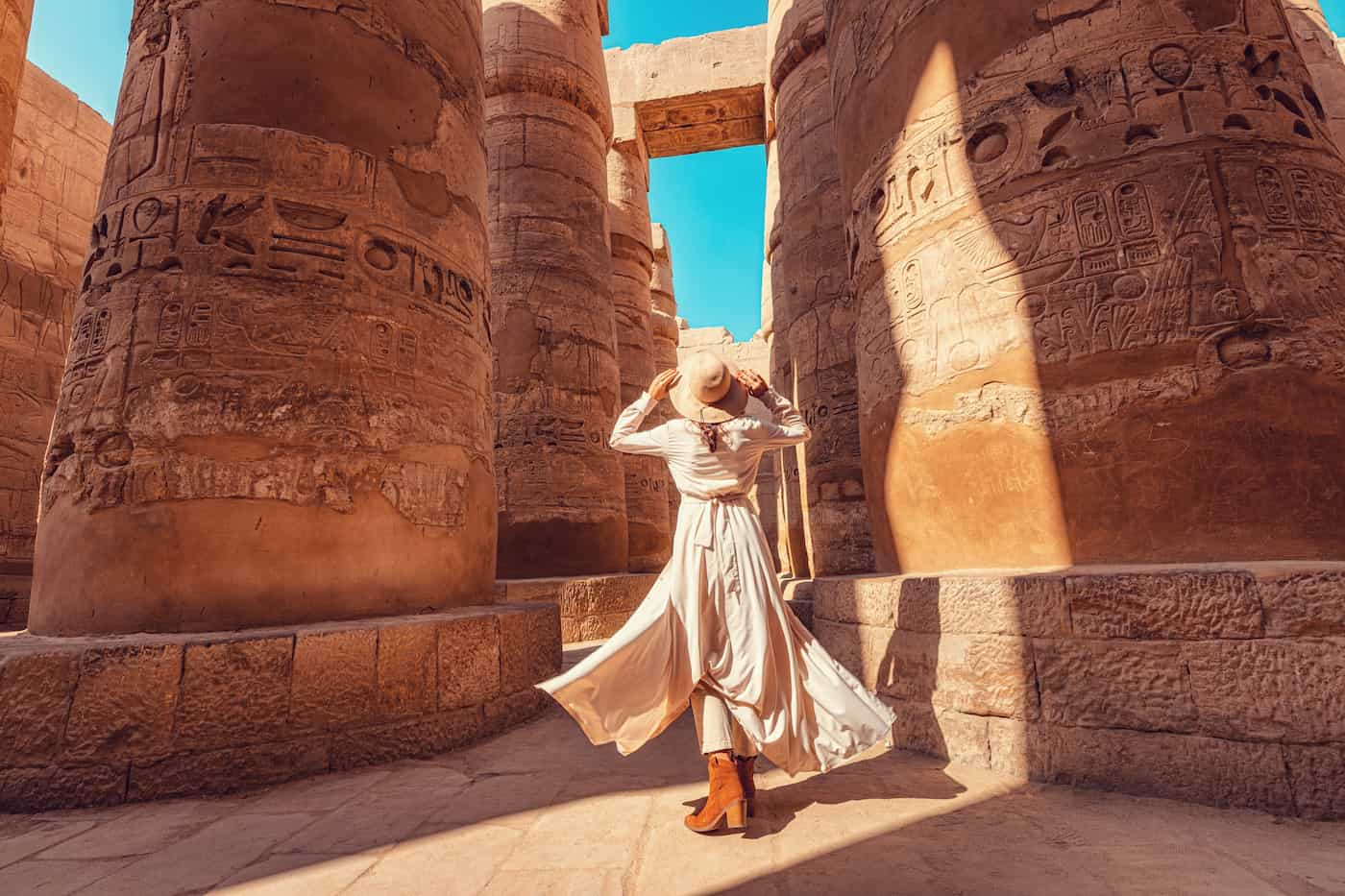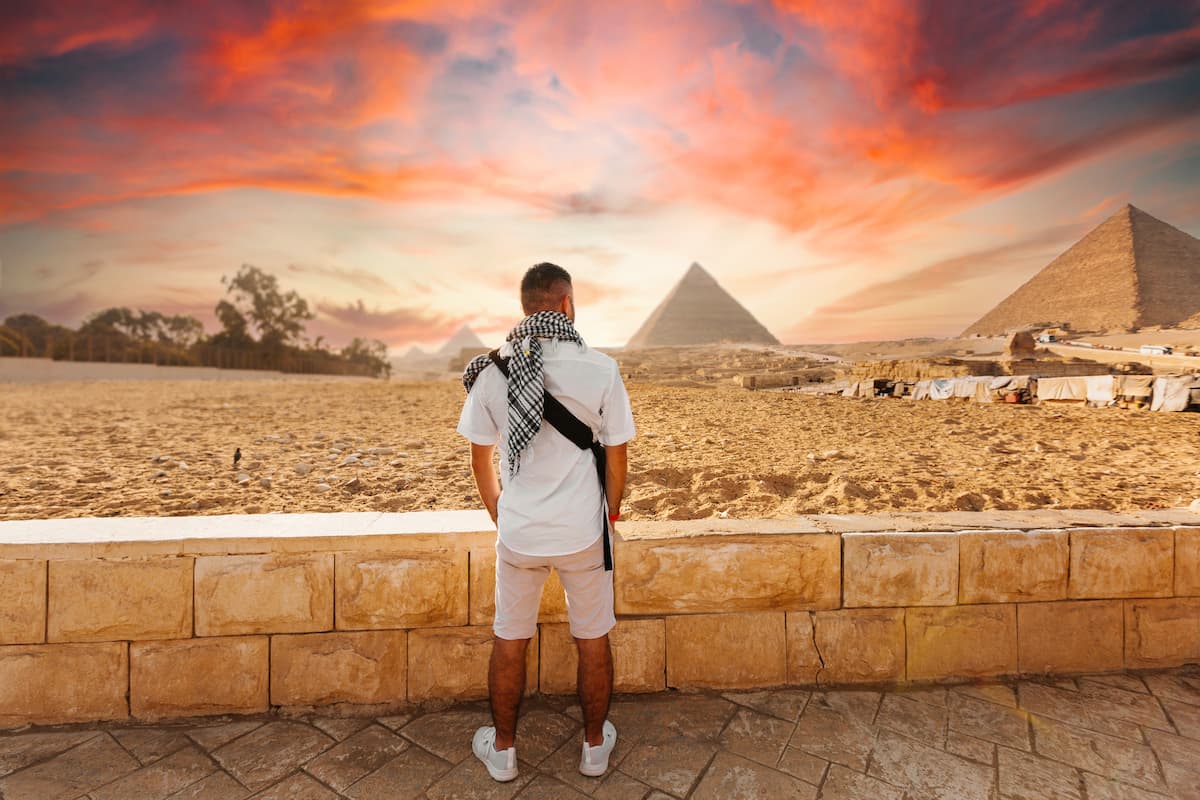Unification of Upper and Lower Egypt: The Birth of the First Dynasty and Early Dynastic Period
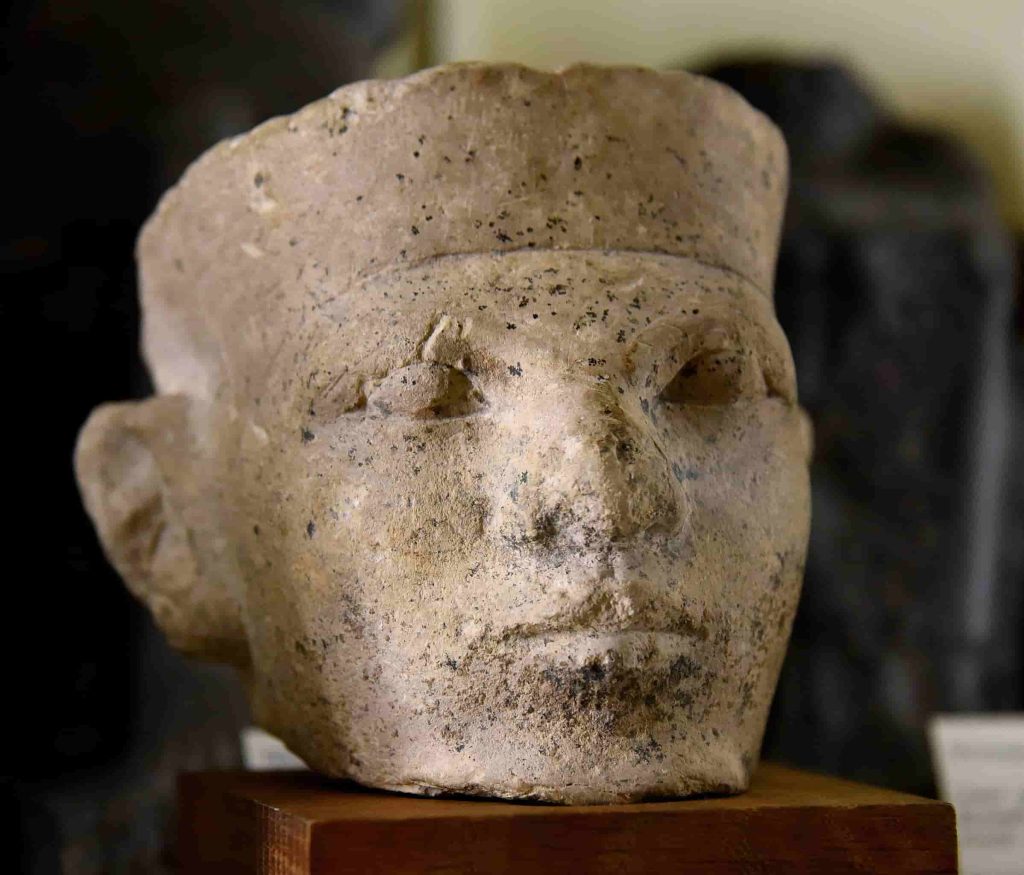
Narmer
The unification of Upper and Lower Egypt, one of the most significant events in the nation, clearly falls into that category. Between 3100 B.C. and 2900 B.C., there were not one, but two kingdoms with distinct customs, selected kings, and heraldic symbols. These were integrated into a unity that would remain for millennia. This also marked the beginning of the First Dynasty of Egypt and the Early Dynastic Period, during which this monarchy was fully established. Elucidation of the unification is not limited to the political angle; adding a cultural and ritual dimension is very appropriate.
The pharaohs wore a Lower and Upper Egypt crown, often referred to as the double crown or Pschent, which expressed the new centralised power and sense of statehood. Out of this unification grew systems of government, hay gardens, and crafts, which contributed to the emergence of one of the most wonderful civilizations in the world. An appreciation of the process of unifying two lands into one demonstrates how the later construct, and especially the pyramids and the hieroglyphs, as well as trading systems, can be seen as the second-generation fruit of many diplomatic and political activities developed after this very first quest for unity.
Lower Egypt and Upper Egypt Before Unification
Lower Egypt Before Unification
Before unification, Egypt was two very different regions. Ancient Egypt, Lower Egypt occupied the Nile Delta, where fertile fields spread across a wide, marshy plain that opened onto the Mediterranean. Farmers grew wheat and barley in abundance, while fishing and coastal trade added to the region’s prosperity. The rulers of Lower Egypt wore the Red Crown, or Deshret, as a symbol of their authority.
Upper Egypt Before Unification
To the south lay Upper Egypt, a long, narrow strip of land that followed the Nile River Valley. Here, the river cut through desert cliffs, and life centered on settlements built close to its banks. Communities in Upper Egypt were smaller but more unified, and the White Crown, or Hedjet, marked the kings who ruled this southern land. Despite their differences, the Nile itself connected the two regions. The Nile carried goods, people, and ideas between them. Trade-linked farmers, artisans, and rulers, while religion spread, shared symbols and deities. Yet rivalry often defined their relationship, as each sought dominance. The unification of Upper and Lower Egypt solved this tension, creating a single political and cultural system that replaced competition with centralized authority under one pharaoh.
The Process of Egyptian Unification
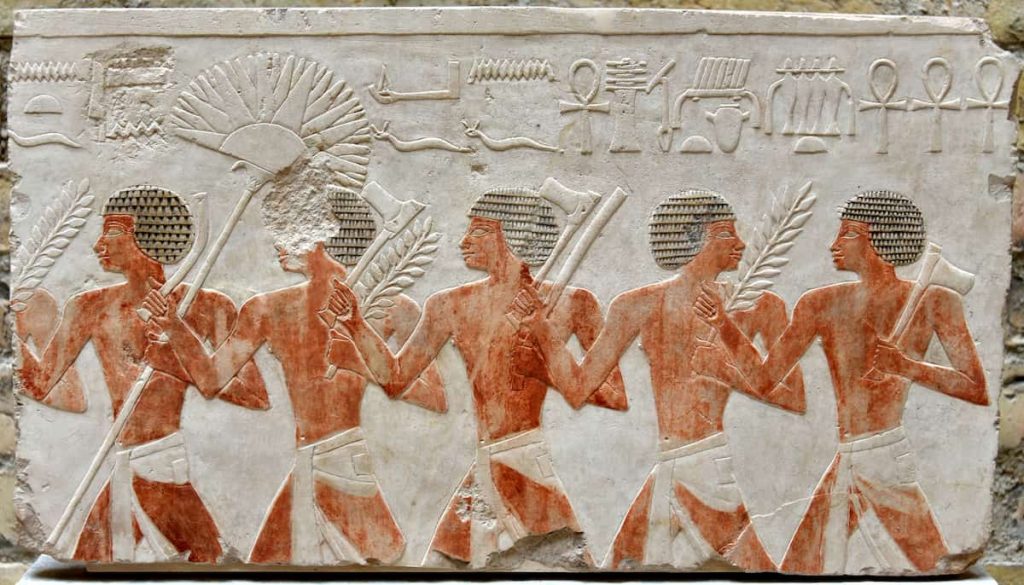
Egyptian soldiers
The Early Stages of Egyptian Unification
The ancient Egyptian unification of its territories did not occur in one motion. Instead, it was a well-thought-out and lengthy process. In most academic research reports, the position of the historians is that Egypt was unified around 3100 BCE. Other records, however, point to the fact that unification could have occurred even earlier, perhaps around 3150 BCE or as late as 3000 BCE. This was a period when the kings of Upper Egypt managed to extend their supremacy, which extended from south to the North. Their troops conquered and retained control over arable lands, commercial routes, and fortified outposts, in addition to religious symbols and royal consorts, which played a considerable role in forming bonds.
Narmer and the Birth of the First Dynasty
Eventually, a ruler by the name of Narmer, who, according to later tradition, was known as Menes, finally got the better of Lower Egypt. By at the same time claiming both the White Crown of Upper Egypt and the Red Crown of Lower Egypt at the same time, Narmer created a new kingship shared by the Nile Valley.
This has been recorded in the annals of time as the onset of the Early Dynastic Period, which, according to current studies, lasted until 2686 BCE. During this time came the First Dynasty of Egypt and the Second Dynasty, whose rulers really started to maintain and develop administration, religion, and kingship to bring Egypt into one of the earliest centralized states in the world. Unification was not only a conquest; it was a very long process of building a sustainable identity that bound disparate peoples into a whole nation with a common destiny.
Narmer, Menes, and the First Dynasty of Egypt
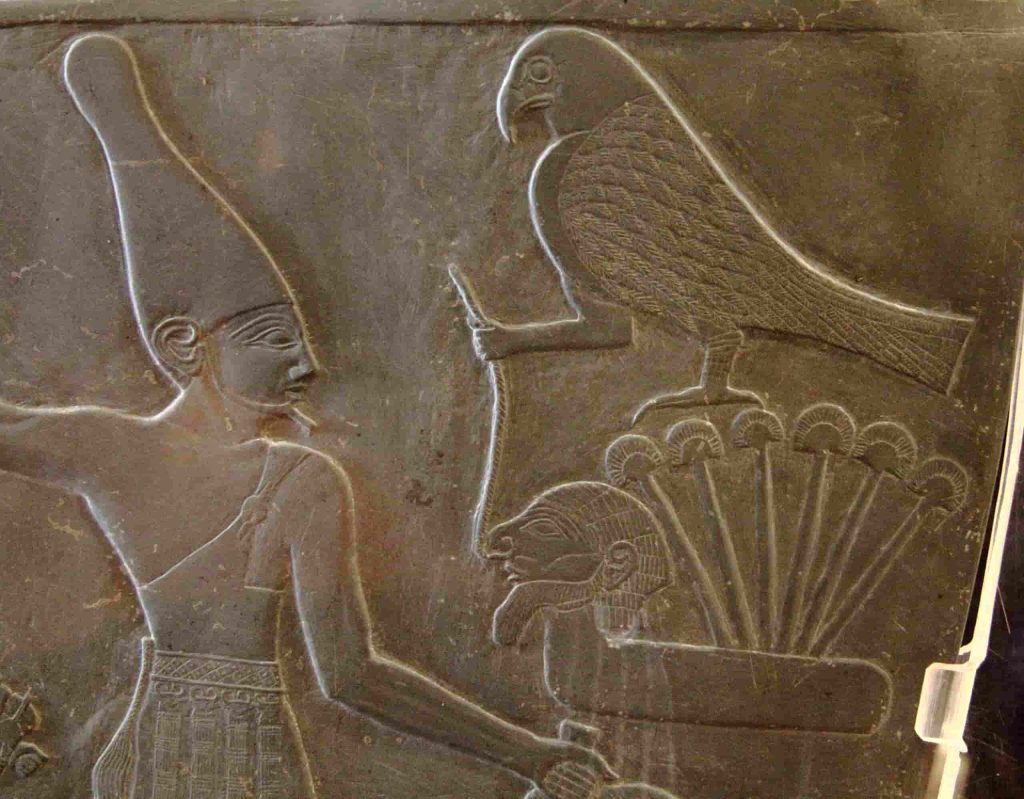
Narmer-Palette
Narmer, Menes, and the Debate Over Unification
Key to Egypt’s unification was Narmer, who is traditionally the first king of Egypt. There are artifacts of Narmer from both Upper and Lower Egypt that affirm that Narmer controlled the two territories. On the famous Narmer Palette, he is wearing the crowns of both regions. Later Egyptian traditions, however, ascribed the unification feat to a king by the name of Menes. Today, some scholars argue that Narmer and Menes are the same historical person, while others suggest that Menes may have actually been Narmer’s successor, known as Hor-Aha. In any case, the traditions of the two rulers merge with the rise of the First Egyptian Dynasty, which marks the period when monarchy becomes an established, institutionalized system.
The Legacy of the First Dynasty Rulers
Their successors, Narmer took these reforms forward. Under Hor-Aha, Memphis blankets were introduced, and trade centers were established. After a while, King Den became the first to introduce the complete phrase, “King of Upper and Lower Egypt,” to indicate that the unity was not a cosmetic one. These were the people who took the states established by Narmer to another level and worked to form the imperial frameworks and disciplines that ensured strong rulers would remain at the center of Egyptian society for many generations to come.
The Lower and Upper Egypt Crown
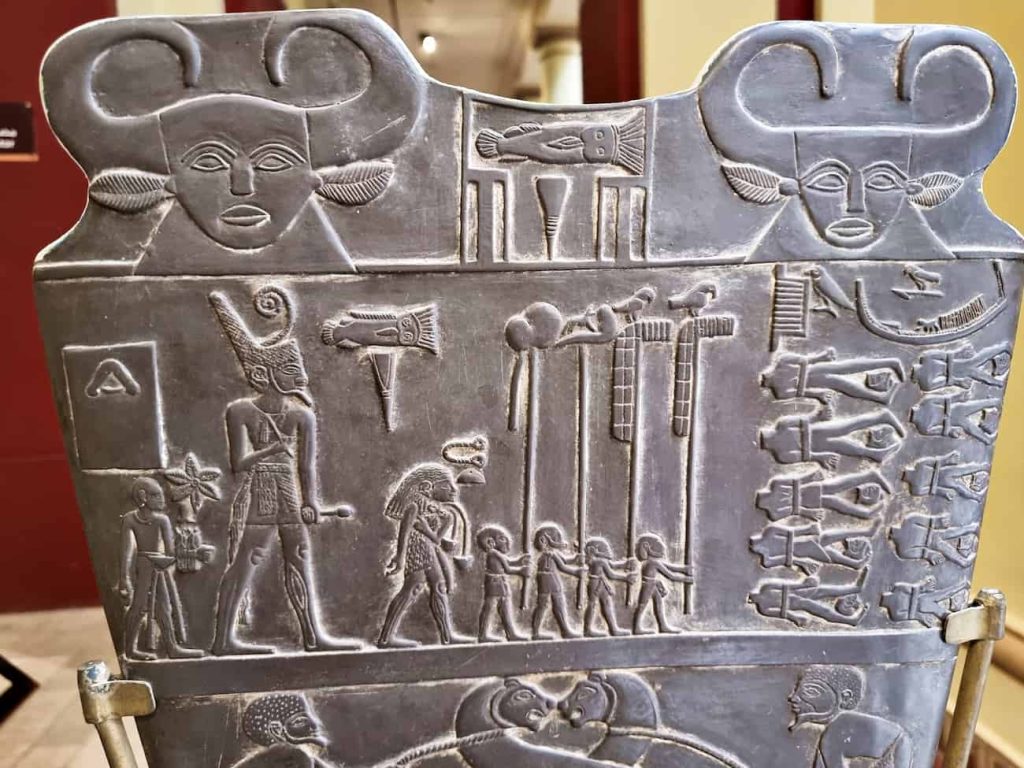
The Narmer Palette
The Narmer Palette and the Double Crown
A most relevant evidence for the unification of Egypt is the Narmer Palette, a ceremonial object unearthed at Hierakonpolis. To one side of the palette, Narmer wears the White Crown of Upper Egypt, bringing death upon an enemy. The other side shows Narmer with the Red Crown of Lower Egypt while inspecting prisoners. These two images together depict the making of the crown for Lower and Upper Egypt, namely the double crown or Pschent. Henceforth, this crown was to become the symbol of a pharaoh’s authority over the two lands that thus represented unity for thousands of years.
Symbols of Kingship and Lasting Authority
Besides the palette, there exist several other objects that establish Narmer’s power. Seal impressions, year labels, and ceremonial maceheads bear his name and demonstrate his involvement in religious rites in honor of kingship. These finds thereby show that the unification never became just an after-tradition but was actually celebrated by Narmer’s own contemporaries. The double crown itself remained one of the most widely recognized symbols of Egyptian kingship and appeared in endless types of artworks and inscriptions. It reminded the Egyptians that their ruler was not a local king but the master of both Upper and Lower Egypt, elected to maintain balance and order.
Memphis, the First Capital of a Unified Egypt

City of the Ancient Memphis
Founding and Strategic Location
One tie across the city line was the formation of Memphis, a new capital city founded by Narmer or Menes on the convergence of Upper and Lower Egypt. The location was all-wise: From Memphis, the pharaoh-modeled control over the fertile Delta to the north and the agricultural heartland of the Nile Valley to the south. In short order, the city rose and established itself as a center for administration, trade, and ceremonial purposes. The city had temples to honor its gods, palaces housing the royal court, and officials capable of managing the state’s resource matters.
Memphis as a Lasting Symbol of Unity
Memphis, situated strategically between these important trade routes leading to intercontinental trade, made this strategy largely relevant. Hence, in reflection of the new reality of Egypt being no longer two lands in rivalry but one kingdom, situated in a central place. In any event, through later centuries, through the ups and downs and prominence of other cities, Memphis remained a focal point of power, religion, and culture. The founding of this city during the unification period is one decision that remained irrevocable, making it a cornerstone of Egypt’s identity for most of its history. Memphis was, in many respects, a perfectly fitting symbol of the alliance between Upper and Lower Egypt, which gave a single crown.
Causes of Unification: Military, Religion, and Economy
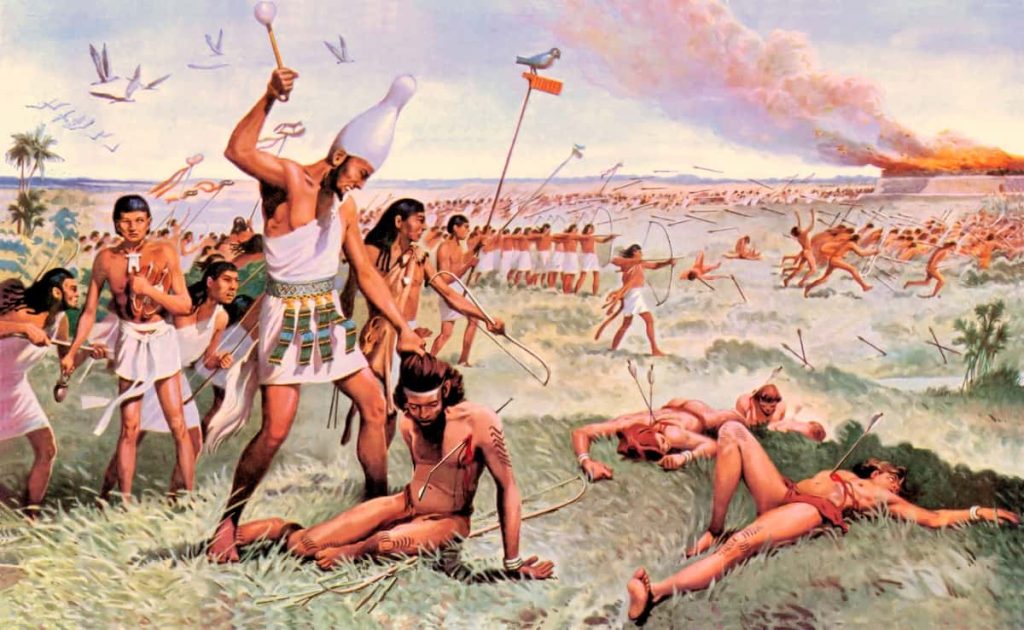
Military and Religious Factors
Several combined factors made the unification of Upper Egypt with Lower Egypt possible. The kings of Upper Egypt had a clear military advantage. Their armies were better organized and celebrated their victories, as depicted on the Narmer Palette, which featured scenes of conquest. The role played by religion was no less important. Shared gods and symbols, especially Horus, attached kingship to divine authority. The priests also fostered the notion that one ruler might be the chosen representative of the gods for both lands, thereby legitimizing pharaonic rule.
Economic Integration and Trade
Economic drives created other reasons for unity. The Nile facilitated a single shared agricultural unit, producing surpluses in grain, the management of which was crucial. Long-distance trade with Nubia, Sinai, and the Levant brought copper, gold, and other resources, but these, too, required centralized management and control. By uniting the two lands, the pharaoh could better regulate farming, surplus storage, and trade. This interplay of military conquests, economic integration, and religious authority accounts for the endurance of the unification. It was not just a mere moment of victory but a form of governance and belief that welded two lands into one mighty state.
Achievements in the Early Dynastic Period
Administrative and Cultural Foundations
In the Early Dynastic Period, there were achievements that laid the basis of the whole Egyptian civilization. Pharaohs created offices to collect taxes, manage farmland, and supervise construction. This bureaucracy facilitated the flow of resources from throughout the Nile Valley into temples, tombs, and state projects. Thus, writing developed during this time period: Early hieroglyphics inadvertently named royalty, recorded events, and knit trade in goods so that kings could announce their reigns and assert their authority. Furthering this development was the embedding of kingship in religion, as kings began erecting temples and declaring themselves chosen of the gods.
Monumental Architecture and Expanding Trade
Monumental architecture had its origins with the royal tombs of Abydos and Saqqara, which laid down traditions of sacred burial, culminating later in the pyramids. Beyond her borders, trade was flourishing. There were countless routes leading into the lands of Nubia for the coveted gold, into Sinai for copper, and into the Levant for timber and luxury items. In these achievements lay stability and identity for Egypt. These achievements brought the nation into survival as a political entity, to grow economically richer, and to cultivate traditions whose culture would be formed for thought for millennia. The grandeur of the Old Kingdom would not have been possible without the innovations of these brilliant Early Dynastic rulers.
Impact of the Unification of Upper and Lower Egypt on the Old Kingdom

Narmer Palette
Foundations of Power and Administration
The impact of unification on the Old Kingdom was significant. The strong ruler levelled the king’s power to call up thousands of other people for massive projects. The most outstanding example being the building of the pyramids in Giza. The years following the emergence of the Early Dynastic Period saw the development, to some extent, of a public service in the management of agriculture, taxation, and supply distribution throughout the entire Nile Basin. The Pharaoh connects with the gods through religion; as such, this is what anchors him in his role as the overseer of equilibrium and success. These two bodies laid the necessary foundation for the progressive era in Egypt.
The Age of the Pyramids and Lasting Unity
The unit of the Old Kingdom, also referred to as the “Age of the Pyramids,” is an illustration of what can essentially be done by one Egypt. The pyramids were more than tombs: they embodied a clear message of power. One that was evident in both the skilled and the enslaved. More crucially, they declared that the process of unification was completed in such a way that the state emerged capable of mobilizing enormous human resources and achieving collective goals. All of this would have been unattainable but for the initial merging of Upper and Lower Egypt. The Old Kingdom was the culmination of the works of many strategists; no state has long existed without any lapses in its territorial integrity.
Legacy of the Unified Egypt
Symbols of Unity and Kingship
The capping of Upper and Lower Egypt left something lasting for thousands of years. The two crowns were the silhouetted symbols of pharaonic rule, worn by every king to demonstrate that he was sovereign not just of a part of Egypt but of the entire land. The common memory of the First Dynasty of Egypt gave credence to other pharaohs willing to invoke both Narmer or Menes in the times of division. When their claim was based on an attempt at restoration of Unity. Egyptian art, Egyptian religion, and Egyptian government were all seen to have emanated from this achievement.
Cultural Identity and Lasting Influence
During foreign domination, the symbolism of double crowns continued to stand for genuine kingship. It reminded the Egyptians that they were one nation bound together by the Nile. The unification also helped shape the relations with its neighbors, for the strength and stability projected made Egypt one of the major powers of the ancient world. More than a political act, the unification gave birth to Egyptian cultural identity. It set up a state that cherished order, equanimity, and continuity, the very principles that were through in its ancient history. The unification is, therefore, truly the beginning of Egyptian civilization.
Conclusion
The unification process was that critical hit deciding the fate of whether Egypt stayed split into rivaling lands or emerged as a mighty kingdom. Narmer or Menes merged Upper and Lower Egypt, founded Memphis, and set traditions that lasted for centuries in Egyptian kingship. The innovations of the Early Dynastic period were writing, administration, temple construction, and trade, all of which gave Egypt the capacity to build monuments like the pyramids.
The unification proved in the Old Kingdom that a centralized authority could direct resources and labor to an unprecedented level. The implications of the First Dynasty of Egypt and thus the unification crowns of Lower and Upper Egypt were going to govern pharaonic rule for thousands of years. The story of unification is not a story just about conquest; it is about forging a shared identity that ranked Egypt as one of the greatest ancient Egyptian civilizations. Just here, at the unification of Upper and Lower Egypt, does the story of Egyptian glory really commence.

